If it feels difficult to act on things that feel abstract, too large to solve, or don’t have immediate benefits, you are not alone – it is part of the human condition.
Research on human behaviour suggests that people tend to forgo long-term net benefit (for the individual or collective good) for immediate gratification. This is known as hyperbolic discounting. Examples include procrastinating while writing a report or giving into dessert while on a diet. Another example, which will be the focus of this post, is not taking the action needed to reduce our carbon footprint despite the negative impacts of climate change looming.
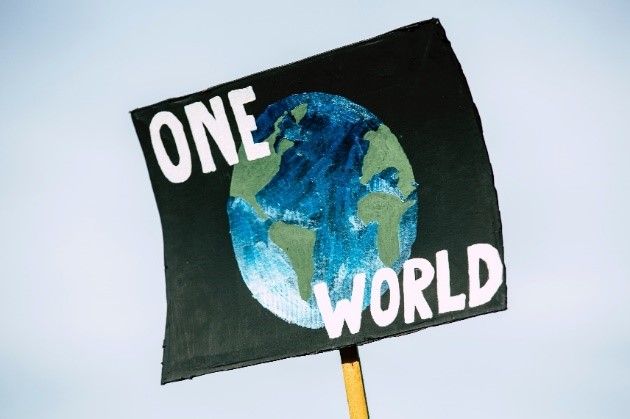
We are already experiencing the effects of climate change – floods, droughts, heatwaves and wildfires are impacting us and communities across the globe. We know from modelled projections that what we are currently experiencing is the tip of the (melting) iceberg if we do not start taking action. So, how can we shift our decision-making process to take immediate meaningful action?
Behavioural science research helps us understand how we make decisions and what influences our behaviour. For example, there are small adjustments or ‘nudges’ that can affect our decisions when we least expect it. Through 'choice architecture' or, in other words, organizing the context in which people make decisions, options can be presented in specific ways that can nudge our behaviour (for better or worse when marketers are trying to sell us things!). Research has shown that you can encourage healthier eating through the strategic placement of food items. The closer a healthy item was displayed at a cafeteria (i.e., vegetables right in front of you at the beginning of the line, with junk food in the back) the more likely people were to take it. If nudges are applied in a way that influences people to choose the more environmentally friendly option, it could be a great way to make progress towards reducing emissions. For example, a restaurant could structure its menu to encourage customers to eat more plant-based meals. Check out the book Nudge that dives into this strategy as a way to influence certain behaviours.
How we think about climate change and the environment can influence how we act. See the sections below for how we can apply lessons learned from this discipline to help us enact climate change action.
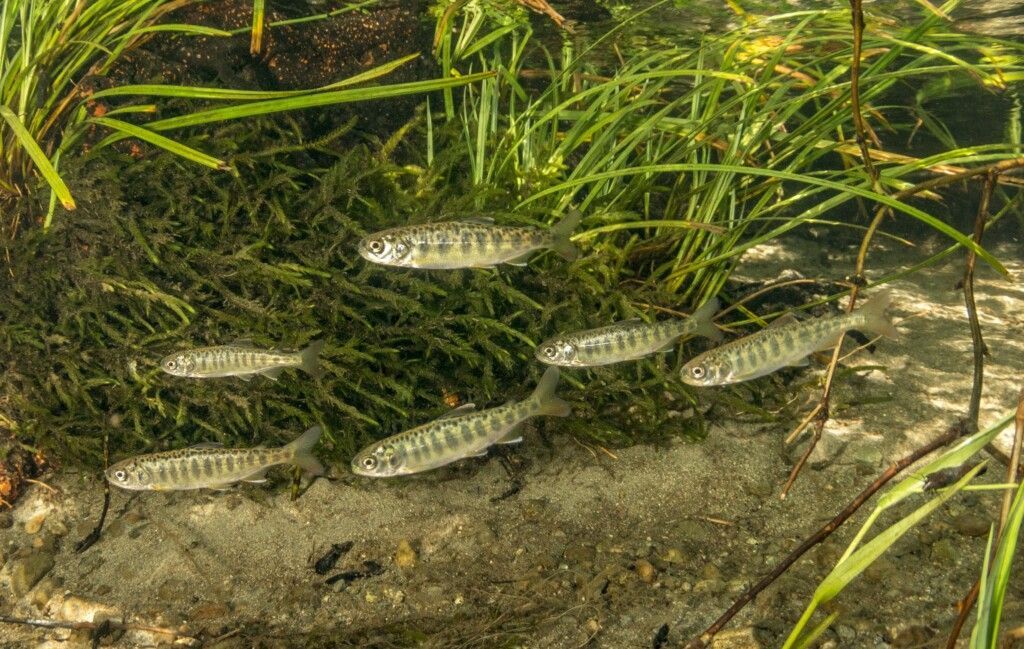
Climate change is one of the greatest threats to the future of Pacific salmon. Taking action to minimize one’s carbon footprint is an important step to reducing the pressures future generations of Pacific salmon will face.
Below are some behaviour-change strategies to try out:
“In a world of more than seven billion people, each of us is a drop in the bucket. But with enough drops, we can fill any bucket.”
-David Suzuki
Individual actions CAN make a difference. A great place to start is with things like transportation, diet, and power usage at home.
There are many ways we can do our part while we are stewards on this earth (with long-standing benefits for future generations!) – take a look at our Tool Kit for some ideas to get started.
For example, taking steps like reducing your electricity use, reducing your waste, and eliminating toxins and contaminants from your cleaning products can reduce the cumulative stress on the environment and the species that depend on it (hint: including us!).

By improving the products we use in our households we can reduce the amount of detrimental toxins that enter our waterways. And if we take the steps to be a greener boater, we can reduce the impacts we have on vital ecosystems (that are also carbon sinks) such as eelgrass meadows – helping to continue to function as habitat as well as providing ecosystem services to coastal communities.
Most of us are now in the habit of bringing reusable shopping bags every time we go to the grocery store, while just a few years ago this action was on few people's radar. We can do the same thing with produce bags, a water bottle, or your coffee mug. You can also get into the habit of unplugging your devices after use or using a clothesline to dry your clothes instead of using the dryer. These are simple steps that once you do it a few times, it will become second nature!

Try habit stacking - Building a habit can be tough, but if we use other habits as a base, we can stack new ones on top to build a new routine more easily. For example, you might want to start bringing a reusable coffee mug to reduce waste created by single use cups. If you already have a habit of packing your lunch for work the night before, you can put your reusable mug in the fridge with your lunch so it is all ready to go in the morning. Habit stacking such as this can help us make small changes that make a big difference.
Commit to a goal by sharing it with a friend – What is something that feels important to you? For example, let’s say you want to reduce your dependence on your vehicle and reduce your emissions. Create a goal (you can start small) and tell someone that is close to you. Here’s a helpful form to get you started! For instance, you may choose to ride your bike to work 3 out of 5 days a week instead of driving. By telling a friend, it helps us feel more accountable and more likely to stick to it.
Create a Buddy System – You can strengthen your goal setting and follow-through by creating a buddy system. We hold ourselves and each other more accountable when we do it together. Even if you live in different towns, you can send one another a photo of your commute to work each day. This will also motivate your partner to keep at their goal!


Tracking your progress - Posting your progress somewhere you will see it on a regular basis, such as on your fridge, can help encourage you to continue with your goals.
For example, you can mark on your calendar when you bike to work each week and then plot it in a simple graph. You will be able to visualize how you are reducing your reliance on your car over time.
You can even take it a step further and determine the cost of your daily commute in gas and wear and tear – often calculated around $0.68 per km – and work out how much you are saving each month – treat yourself at your local ice cream shop (or whatever motivates you) with the money you saved!

Another good example is receiving feedback on your energy usage – because it can positively impact your behaviour. Home energy reports and real-time feedback are helping us visualize our energy usage at home in a way that can encourage positive action. Some reports even show typical usage during the day, and when it would be more cost-efficient to use things like washing machines. These reports often show you a graph of your energy usage for the previous months and across seasons. By tracking our usage, it can help us identify trends in our use and where we may be able to improve it – awareness of our progress can be very motivating.
Neighbourly Competition - Social norm comparisons help encourage more positive behaviours as well – you can think of it as friendly competition with your neighbours. Research has shown that home energy reports that incorporate behavioural science strategy in their design can help you save money and be gentler on the planet, this includes adding energy savings tips and charts displaying your neighbour’s energy usage in comparison to yours into the report design.
One way to combat hyperbolic discounting, and our tendencies to choose convenient options over the more responsible ones is to think about long-term gain. Research suggests that the more we think about our future selves, the more likely we will make more considered decisions (Sheffer 2016).
Invest in the future -This could look like planting trees on your property now so you can enjoy shade and cooler temperatures in 10 years, whilst also helping to sequester carbon. Or purchasing more expensive but efficient appliances or installing solar energy for your home, knowing that the investment will be seen in 5-10 years, with a reduction in environmentally intensive resources and lower energy bills.
Think of what you value - Another angle to motivate yourself is to consider the activities you can enjoy today that will be lost in the future if high carbon emissions continue. Would you like to take your grandchildren fishing or skiing on your local hill? Do you love eating wild salmon or is seeing glaciers in the national parks on your bucket list? Use those thoughts to inspire yourself into action.
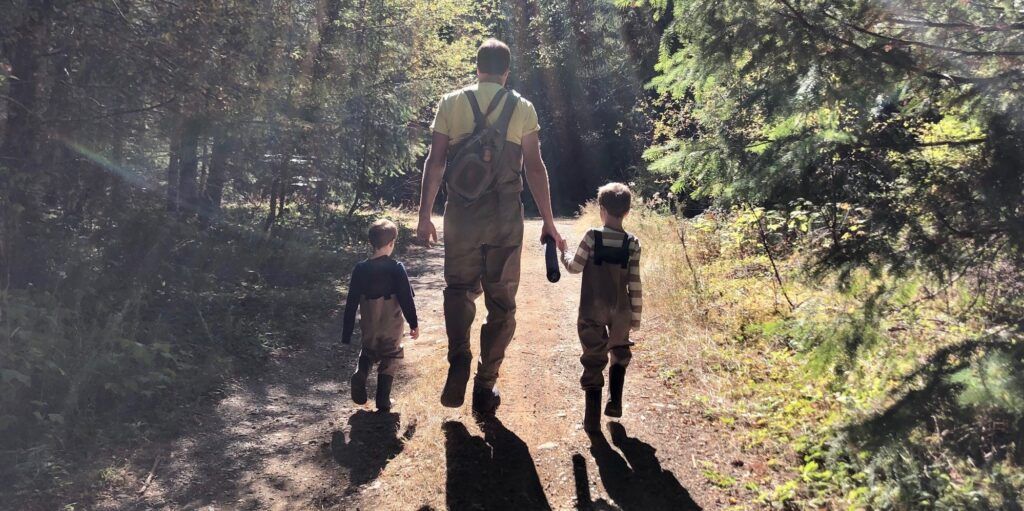
Set yourself up with sustainable default options - While they may take a bit of effort initially, default options are helpful because they reduce future effort and help ensure you make environmentally friendly decisions.
For example, create a bookmark on your computer that can provide easy access for ordering your groceries from a local farm each week or set up automatic order renewals. This small step of setting up an account, will help you streamline your grocery shopping process and stock your pantry and fridge at home with foods that have a lower carbon footprint. You can feel good knowing your food is coming from family-owned farms nearby, instead of being shipped from countries far away. Farms also have delivery services with their Community Supported Agricultural (CSA) boxes, set yourself up with a subscription for local seasonal produce delivered to your door!
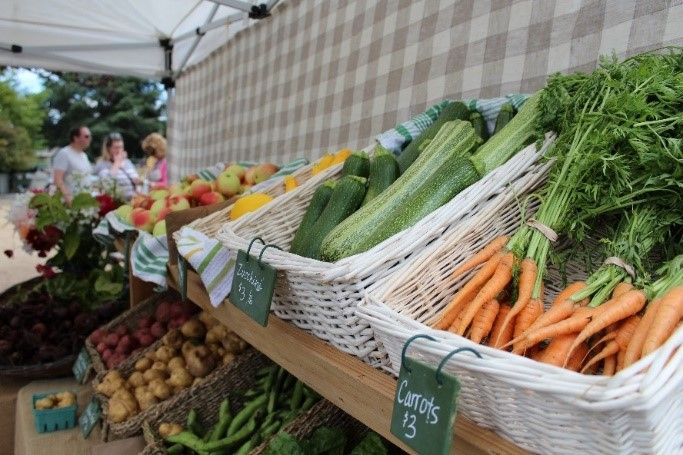
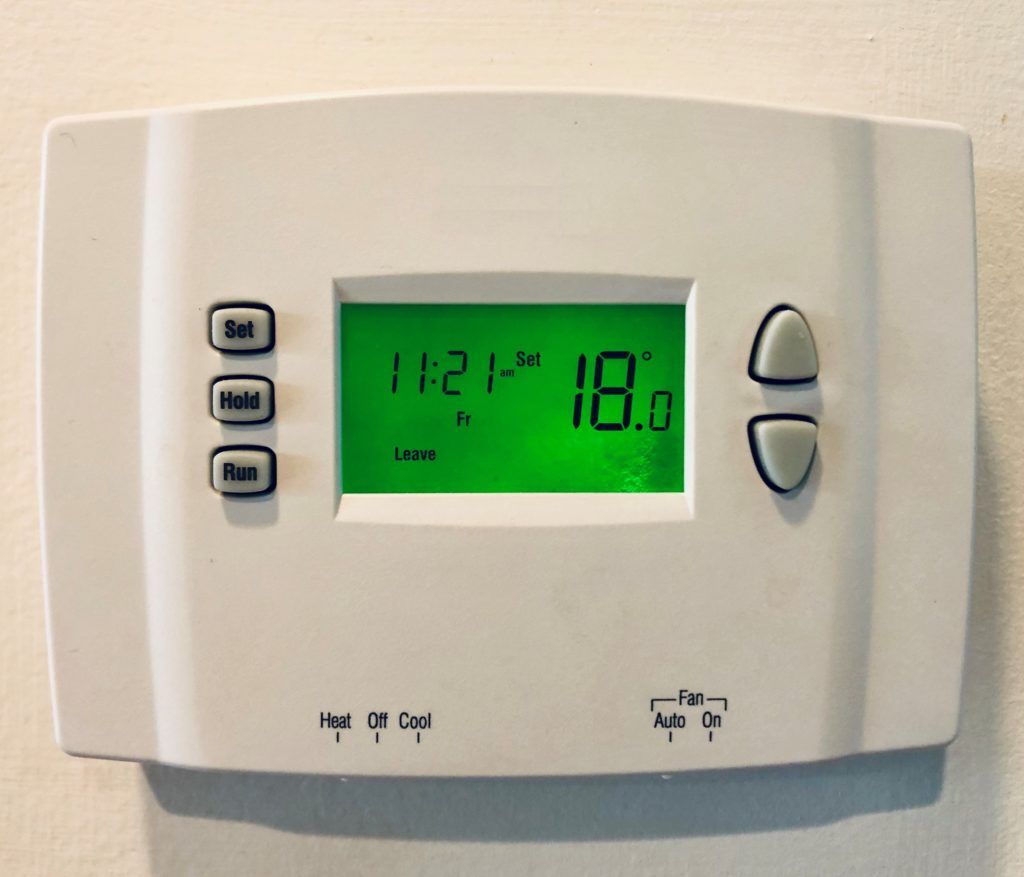
Another example would be to install a programmable thermostat – once it’s set up, it will be easy to enact energy saving strategies. You can program your thermostat to a lower temperature while you are sleeping or at work. Having a schedule for your thermostat will minimize your need to tinker with it and, by default, reduce your energy usage.
Money is a great motivator - there are a number of actions that are better for the environment that are actually more cost effective than the traditional option. Here is a list, and I bet you can think of more!
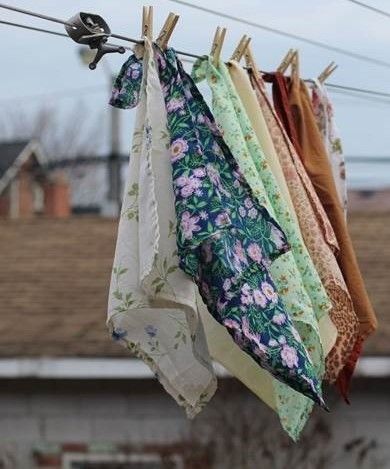
While the focus of this post is on individual action, we do recognize that governments and industries have a crucial role in establishing policies to curb emissions. Long-term policies with teeth are needed to withstand an election cycle. Unfortunately, in many cases, political will suffers the same behavioural pit falls – favouring short-term gain (immediate boosts to the economy) at the expense of long-term goals (investing in expensive upfront costs for adaptation and mitigation) even though early action would come at less net cost. Therefore, as an individual, an important step is voting for candidates that support climate action. And it’s not just at the ballot box, vote with your dollar and support companies taking steps to reduce emissions.

By creating individual change we can empower others to do the same! You can set the stage with climate-positive behaviours that can rub off on others in your community.
Check out David Suzuki’s Top 10 ways to stop climate change.
Sheffer, C. E., Mackillop, J., Fernandez, A., Christensen, D., Bickel, W. K., Johnson, M. W., … & Mathew, M. (2016). Initial examination of priming tasks to decrease delay discounting. Behavioural Processes, 128, 144-152.
Williamson, K., Satre-Meloy, A., Velasco, K., & Green, K., 2018. Climate Change Needs Behavior Change: Making the Case For Behavioral Solutions to Reduce Global Warming. Arlington, VA: Rare.
Photo credit: Li An Lin Unsplash; Markus Spiske, Unsplash; Maria Catanzaro, Nicole Christiansen, Markus Spiske, Unsplash; Anete Lusina, Pexels; Nextbike, Unsplash.